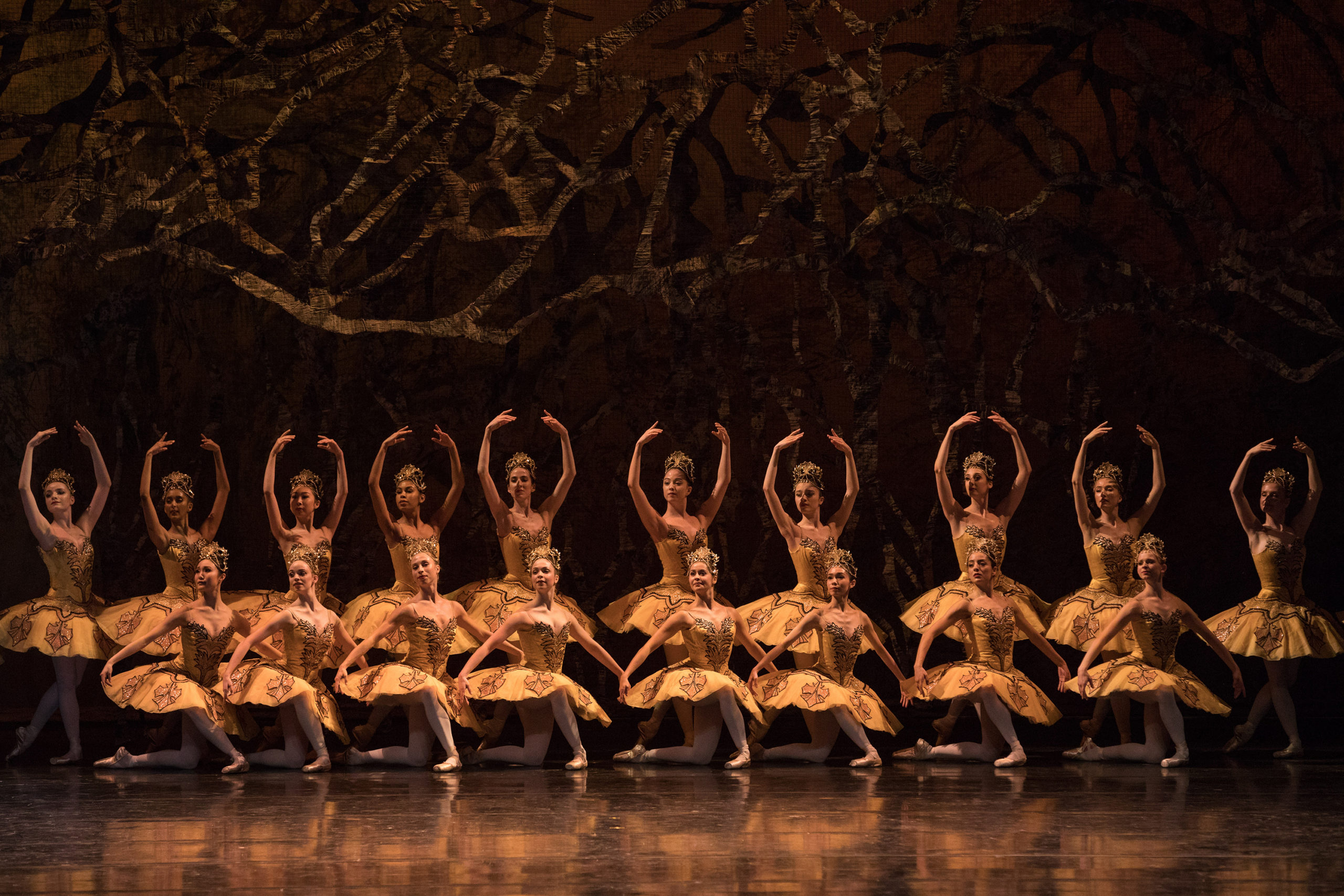Let’s Hear It for the Corps: 5 Reasons to Love the Corps de Ballet
Few things seem more empowering for a ballerina than being promoted to principal, perfecting those iconic 32 fouettés, or tackling a lead role, like Giselle. However, there’s something uniquely fulfilling about being a corps de ballet dancer. While the role is sometimes undervalued because of the collective nature of the work, there’s no denying that these dancers make up the backbone of every company.
Here are five reasons why we love the corps.
1. Tradition.
For centuries, the corps de ballet has been vital to classical productions. Ballets such as Swan Lake, La Bayadère and Giselle would not be the spectacles they are without soldier-straight lines of women bourrée-ing across the stage. “A lot of tradition is passed down through the dancers, and it all circles around the steps and the choreography that we do and the meaning behind it,” says American Ballet Theatre corps member Lauren Bonfiglio. She adds that she tries to pass on her love for the corps de ballet to younger, incoming dancers, since that is where they will learn about company life and the very structure of classical ballets.
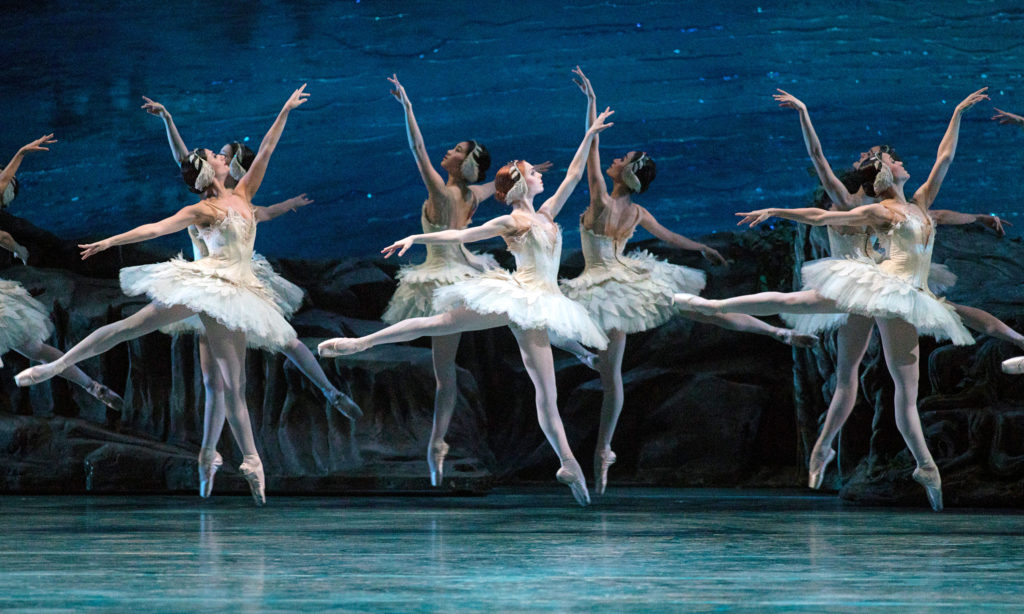
2. Storytelling.
The corps does more than add choreographic patterns and carry out tradition; these dancers have a central role in storytelling. “It’s empowering to know that we set the scene and are the backbone of these ballets,” says Philadelphia Ballet demi-soloist Jacqueline Callahan, who spent four years in the corps before being promoted last season and often alternates between featured and ensemble roles. “The story would not be the same without every one of us.”
Bonfiglio adds that the corps de ballet often acts as a shadow of the lead characters and is useful in setting the time period and mood of each scene—adding nuance to the story that one or two soloists could not achieve on their own.
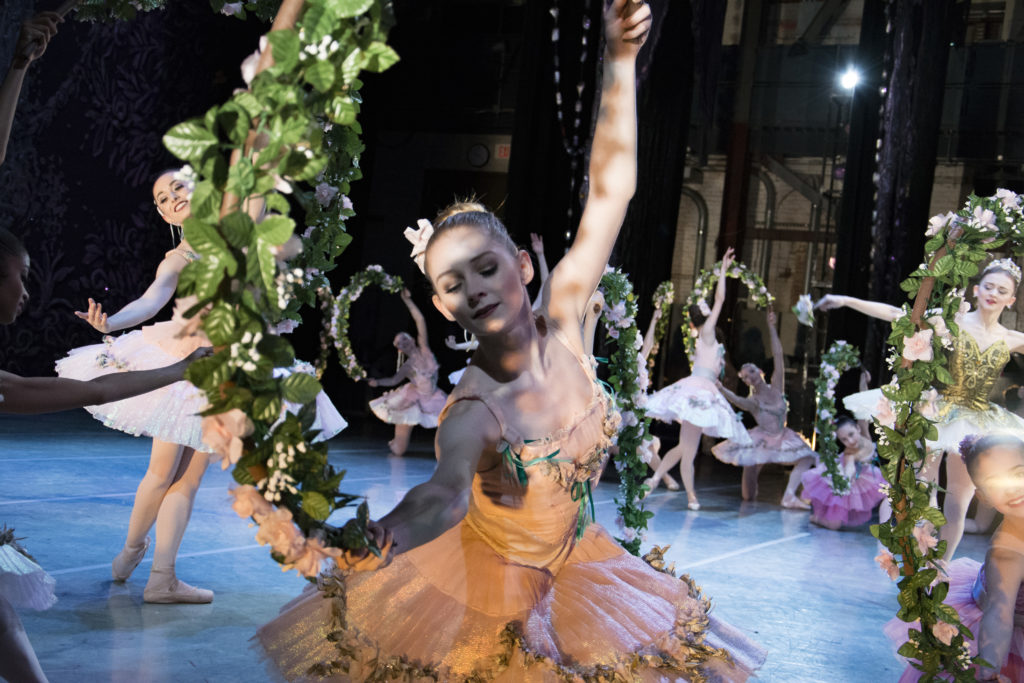
3. Friendship
Perfecting corps work takes an immense amount of shared time and cooperation. Long-lasting friendships form not only from working in close proximity, but from the deep respect dancers have for each other and the art form. “There’s a camaraderie in the corps that is hard to put into words,” says Bonfiglio. “You have to have the feeling that we’re all in it together and that we’re all going to get through it no matter how challenging it is.” Callahan agrees. “Having people who you can rely on who know exactly what you’re stressed or anxious or excited about is so crucial to helping you feel fulfilled and happy.”
Bonfiglio adds that getting ready together in the dressing room is a special time to bond. “Before a show, we’re laughing, giving merde gifts. When someone gets an opportunity, we are all very supportive.”
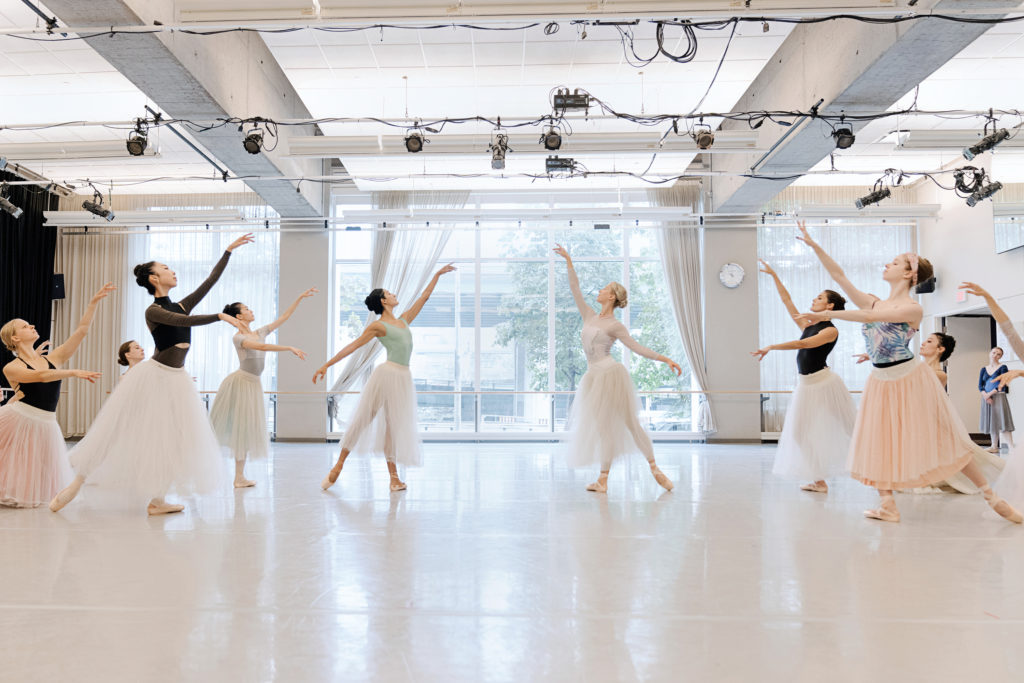
4. Growth.
A dancer doesn’t need to be cast in a solo to stand out or to continue growing as an artist—each performance is an opportunity to improve. Continually honing one’s own technique is vital for the betterment of the corps de ballet—and the growth of the entire company. “You’re only going to be as strong as your weakest corps member,” says Callahan. Bonfiglio agrees. “You have to give your technique as much attention, nuance and care as if you were dancing alone onstage. Then, you come in to work and feel fulfilled and not like you’re missing out on an opportunity.”
Many dancers also cite the experience of being part of something larger than themselves. “When you can work on yourself as well as something bigger, the collective experience of it is quite lovely,” says Selene Guerrero-Trujillo, who joined the National Ballet of Canada’s corps de ballet in 2007 and has just started her first season as a second soloist.
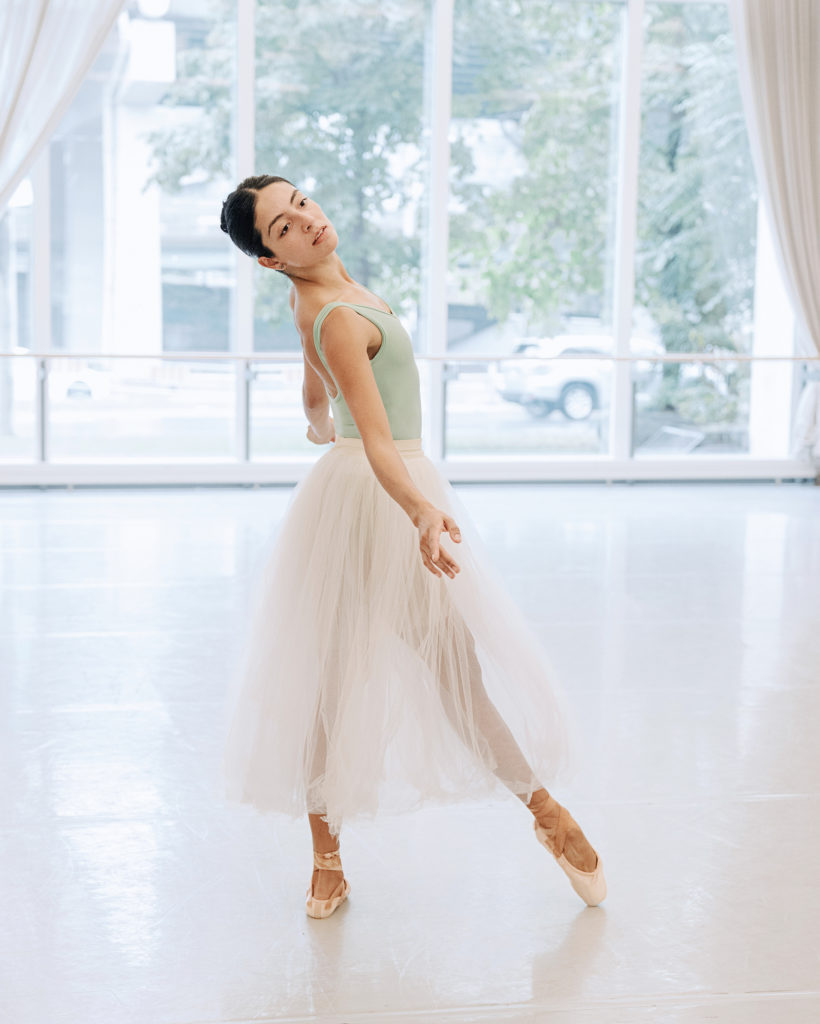
5. Empowerment.
Dancing within a corps de ballet can be a uniquely empowering experience. Callahan remembers a particularly special performance of Swan Lake where the assistant artistic director arranged for each of the corps members to be given a single red rose onstage during bows: “We all felt extra-cheesy about it and proud. I still have that rose.” Even the rudimentary act of breathing and moving together as one can be exhilarating—using peripheral vision, sensing and predicting how others nearby will move. “No one person will have more energy than a collective group,” says Guerrero-Trujillo. That group strength is what makes the corps de ballet so powerful and allows it to have such a meaningful impact on the audience.
“If I look at everything I have done, how much work it requires and how much I got to dance, I don’t think [being in the corps] should be devalued in any way,” says Guerrero-Trujillo. Bonfiglio agrees: “Even when I’m just standing on the side and hearing the music, I’m like, ‘I’m up here with these gorgeous women and our part is integral to the ballet.’ It matters that I’m here.”
